
It came from the legacy of Count Janos Palffy, from his Pozhonsky Palace, in 1912. Until 1871 was at the Parisian antiquary Moreau. Francia was not only a great artist, but also a famous jeweler. These two classes often combined with artists of the Quattrocento era. Jewelcrafting, which requires fine detailed development of forms, influenced all the work of Francia; The detailed manner of writing is characteristic of both early and late works.
However, at the very end of his life, Franca created his own direction in painting, his picturesque world of forms. His renewed artistic vision found expression in small, almost miniature paintings. They include “Golgotha”. The harmony of colors, forms, composition and the whole manner of the performance of this picture show that Francha understood, felt the captivating and perfect scenes in the open air in the works of Raphael. Artfully merging with the depicted, he was able to express his individuality.
In the literature devoted to Francesco Franche, there was relatively little space for this picture, as well as for all his later works. One of the pearls of the last, undeservedly bypassed period of his work is this miniature, slightly larger palm picture. Her later origin in the works of Franci is confirmed by a unique compositional solution. There is no longer that strict geometric symmetry that was characteristic of his works created in the XV century: the composition falls slightly in the direction of St. John. This more free construction of the picture already harbors the features of the art of Cinquecento.
 The Holy Family by Francesco Franche
The Holy Family by Francesco Franche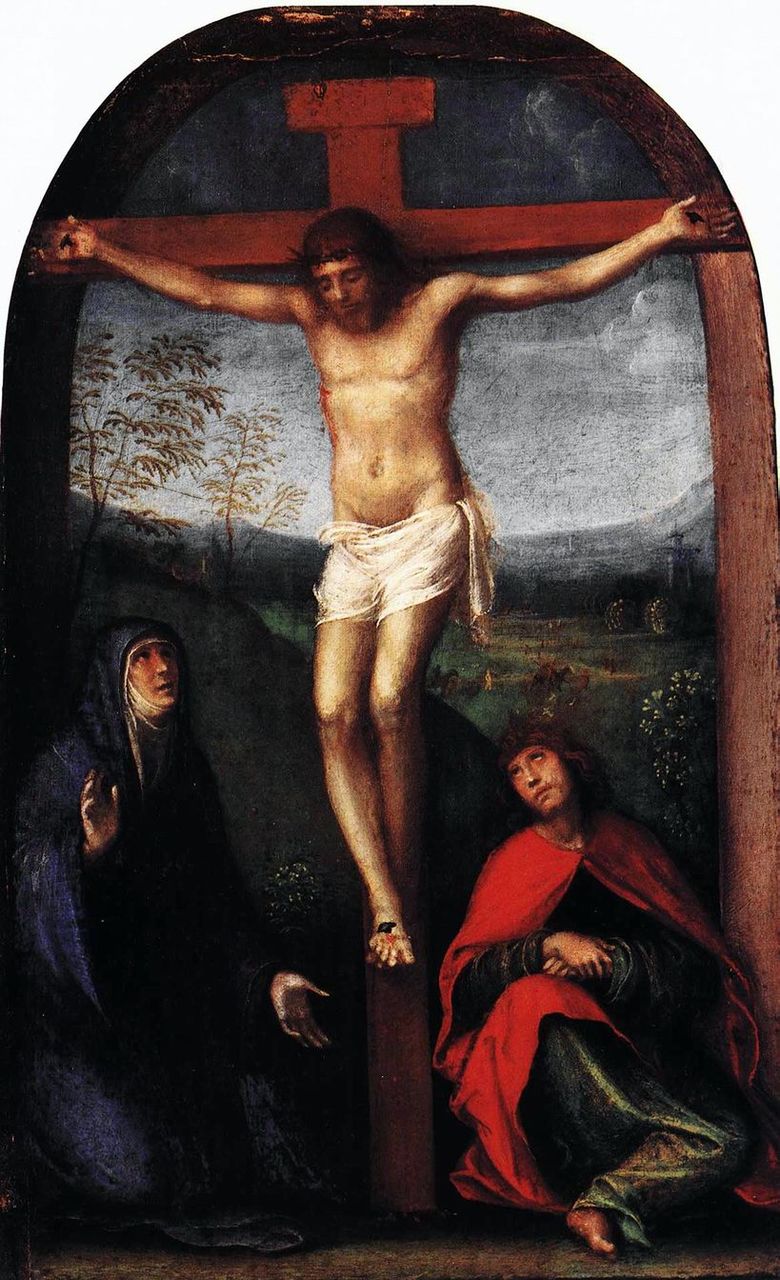 Christ crucifié avec Marie et saint Jean l’Évangéliste – Francesco Franche
Christ crucifié avec Marie et saint Jean l’Évangéliste – Francesco Franche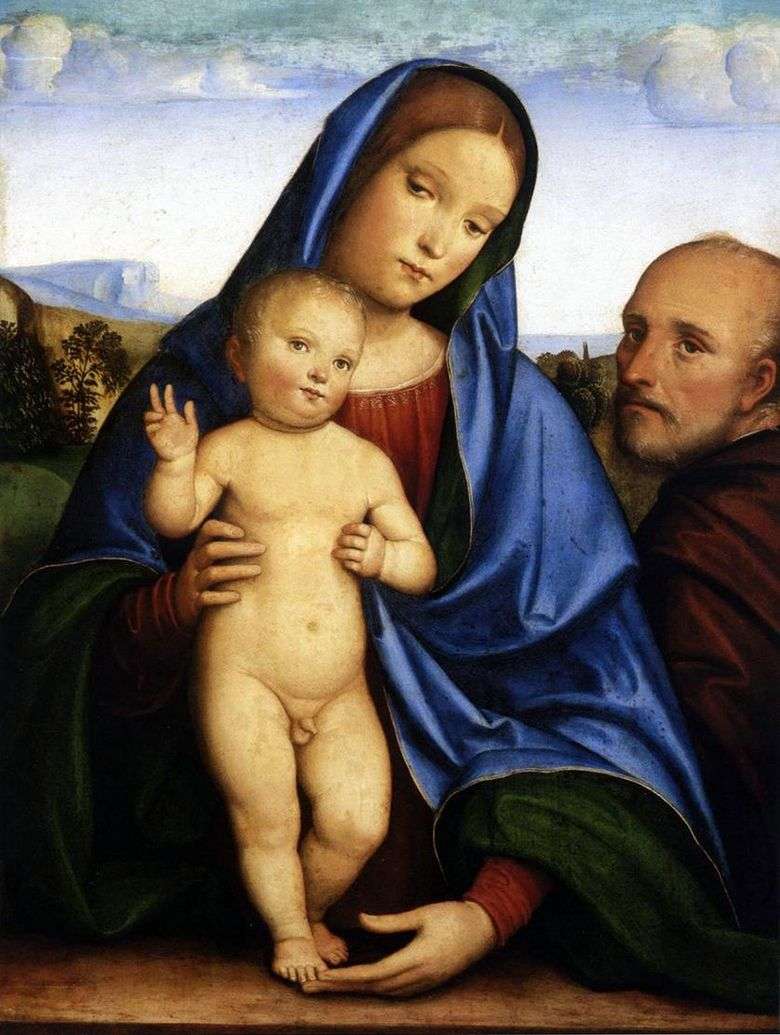 Sagrada Familia – Francesco Franche
Sagrada Familia – Francesco Franche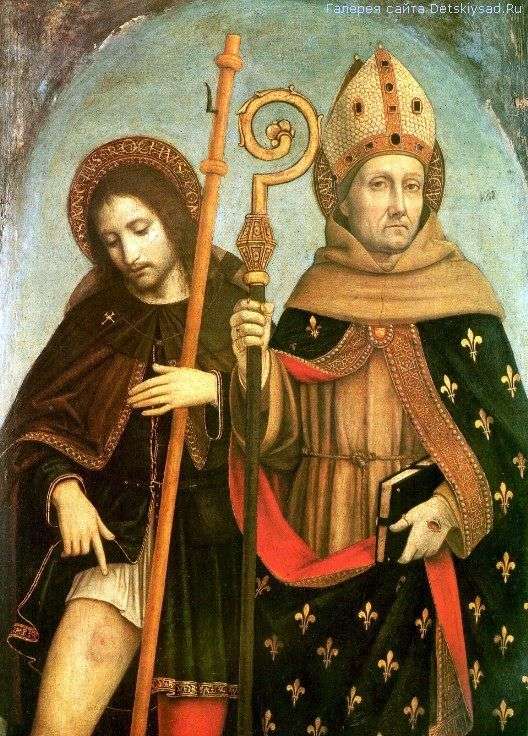 Saint Roch and Saint Louis of Toulouse by Ambrogio Borghonne
Saint Roch and Saint Louis of Toulouse by Ambrogio Borghonne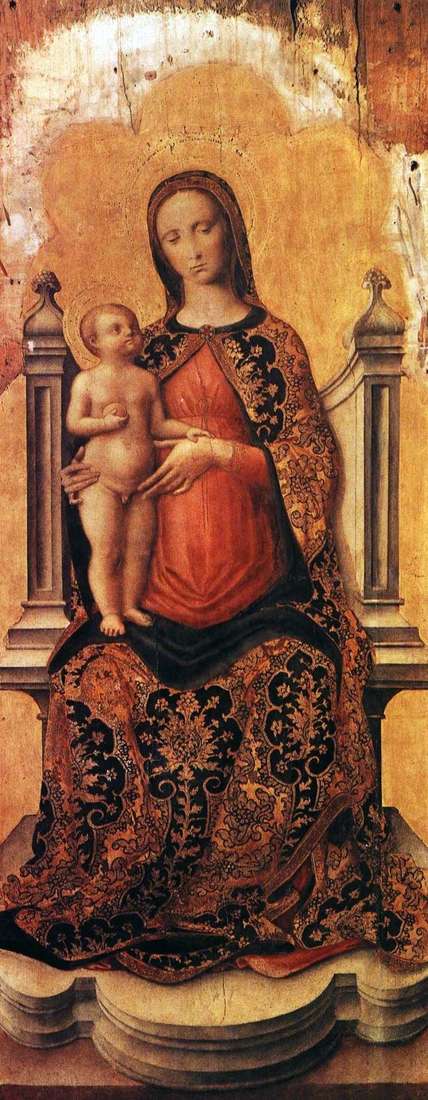 Maria with the baby on the throne by Antonio Vivarini
Maria with the baby on the throne by Antonio Vivarini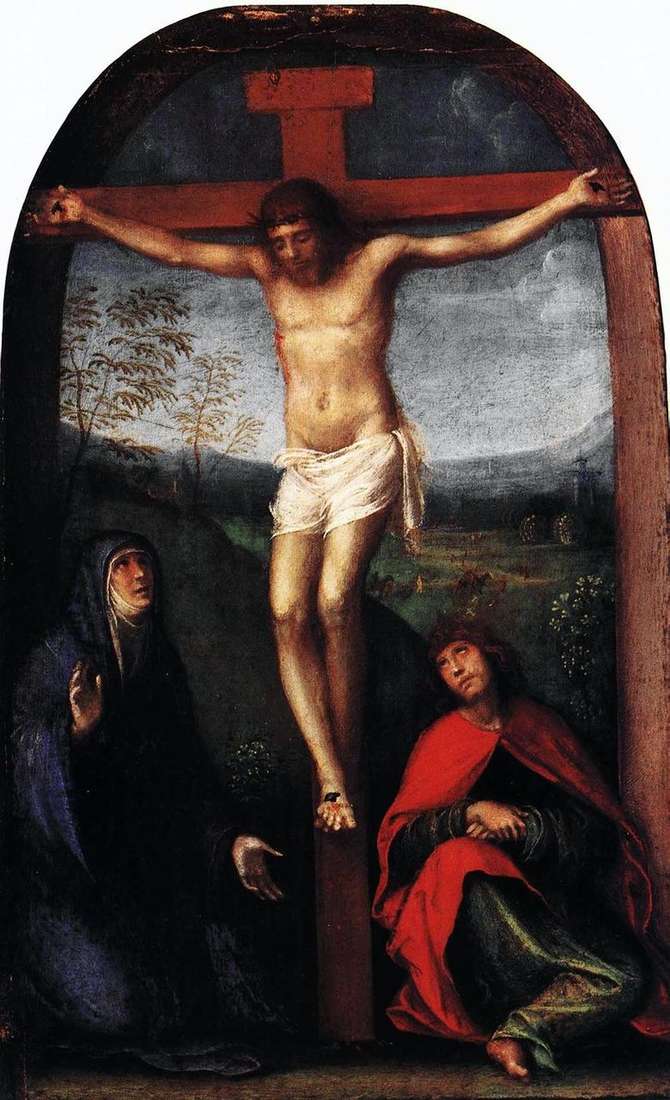 Cristo crucificado con María y San Juan Evangelista – Francesco Franche
Cristo crucificado con María y San Juan Evangelista – Francesco Franche Sainte Famille – Francesco Franche
Sainte Famille – Francesco Franche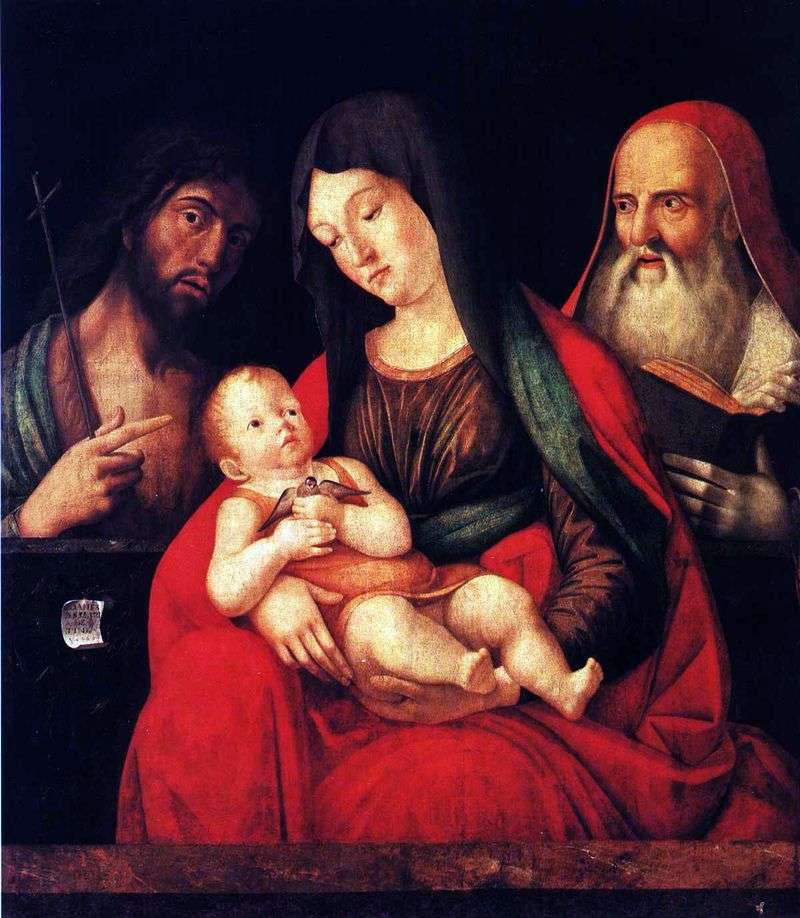 Mary with the Child, John the Baptist and Saint Jerome by Alvise Vivarini
Mary with the Child, John the Baptist and Saint Jerome by Alvise Vivarini